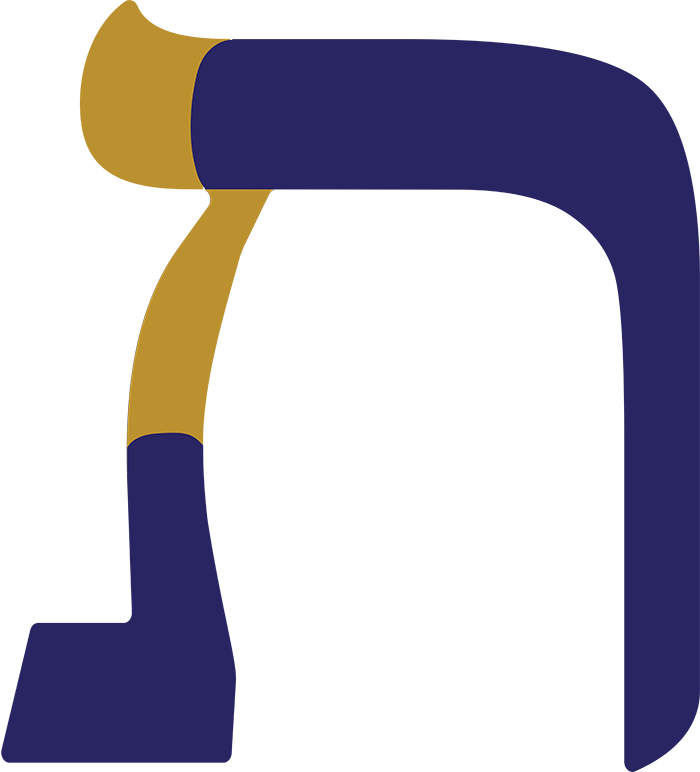EOFY vs BOSY
One difference between EOFY (end of financial year) and BOSY (beginning of spiritual year) is, by the former, if you’ve done your books right you can relax. Rosh Hashanah you can never relax because everyone has individual rubrics and only The Boss knows the full accounting.
Imagine the computing power required to audit every person’s past, present and future, ancestors back to Adam and generational context in which they live.
In order to plug into this audit, we need a mitzvah that transcends time from the creation through the giving of Torah at Sinai to the final redemption. A mitzvah that, on an individual and communal level, crowns the King (and Judge.) A mitzvah that evokes the memory of the Avos - the forefathers and mothers in who’s merit we approach The King. Finally, a mitzvah that stirs the emotions to tshuva (repentance.). The shofar is that mitzvah.
The sound of creation was the sound of God’s voice. That of Sinai is described as the shofar blast and the final redemption will be represented with the blast of the big shofar. The horn blast is a classic way that royalty are crowned and announced. The story of the ram offered in place of Yitzchok is the source of what kind of horn we blow.
The Torah calls Rosh Hashanah a “Day of Trua.” Trua is translated by the great Aramaic commentator, Unkelos, as yevava. This word, in turn is found in the Book of Shoftim (Judges) at the story of Yael, who killed the Kaananite general Sisera with a tent peg through the head.
In describing the wait of Sisera’s mother for her son, not sure if it would be great victory or ultimate defeat, the prophet describes her crying (vateyabev-same root as yevavah). So, we thus know that the shofar has to make a crying sound (truah and shevarim). It is this very sound combined with the straight sound (tekia,) that is designed to stir the hearts of listeners to feeling and understanding the fear, glory, awe and beguiling power of the day.
So, the potent mitzvah of shofar circumscribes all the myriad concepts behind the day and plugs us into the spiritual energy of Rosh Hashanah. Thus Reb Saadya Gaon (great sage of the Gaonic Era, circa 589-1038CE) councils that the intentions behind the blowing of the shofar should include all of the above-mentioned elements.

